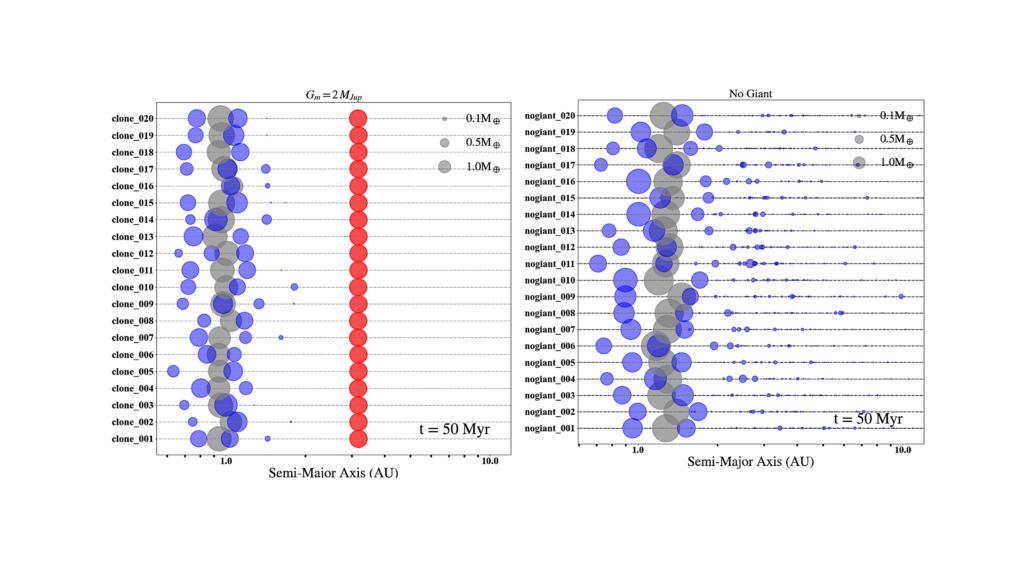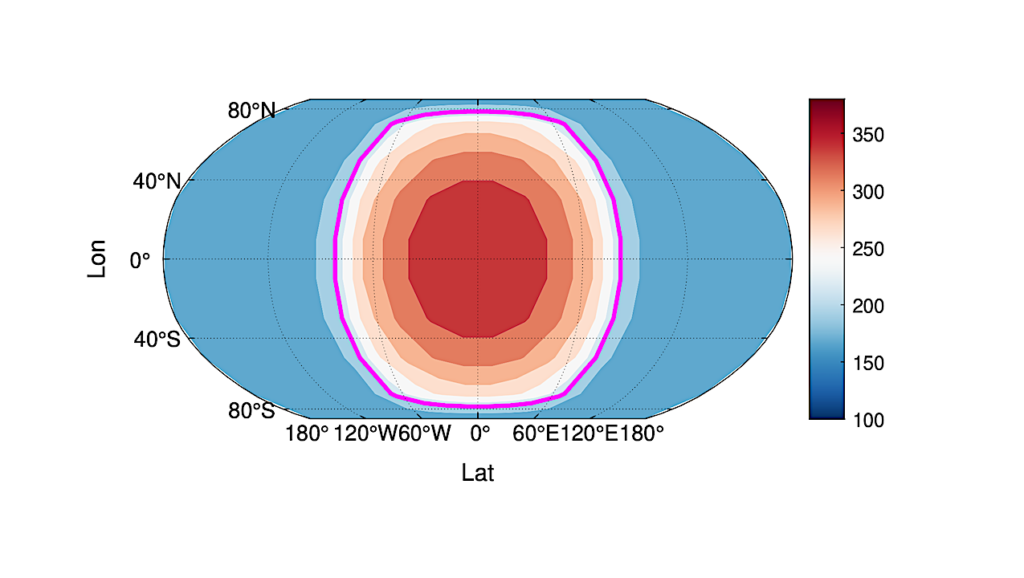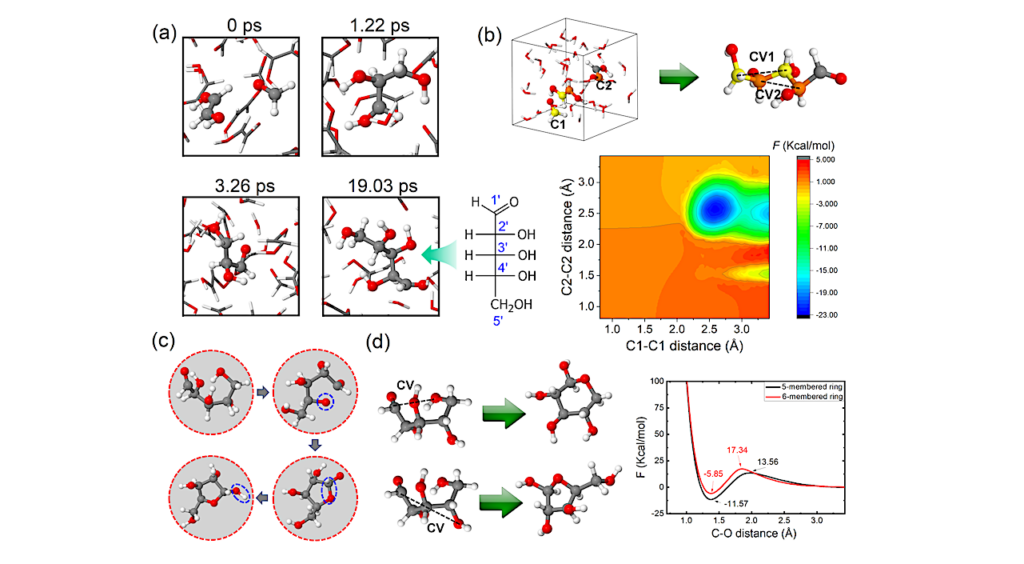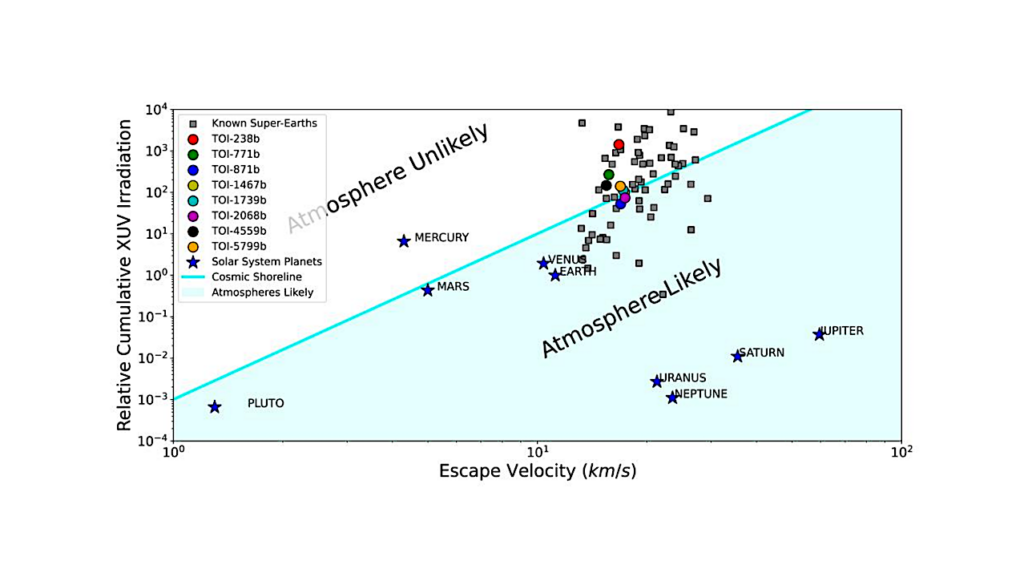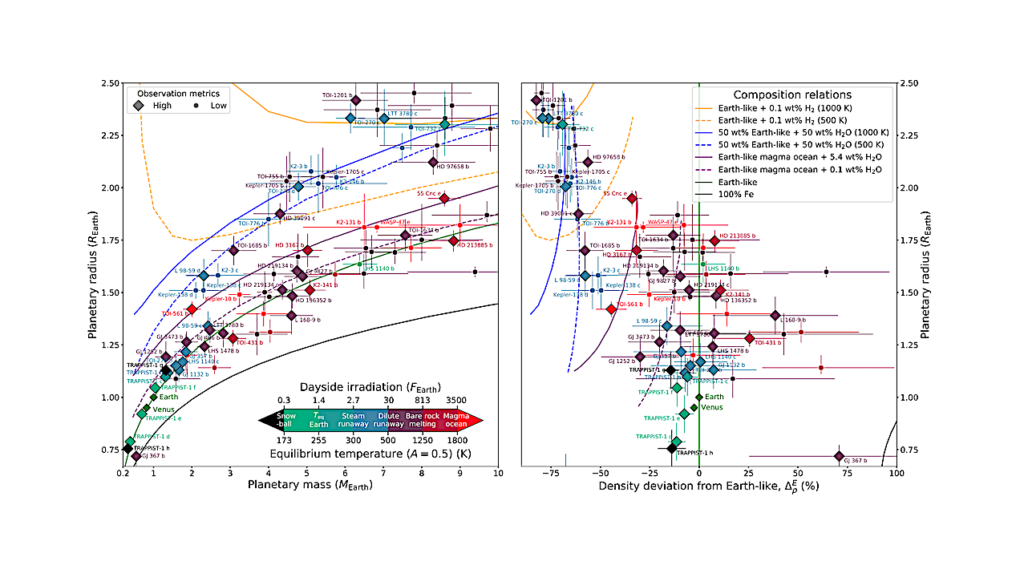A Secondary Atmosphere On The Rocky Exoplanet 55 Cancri e
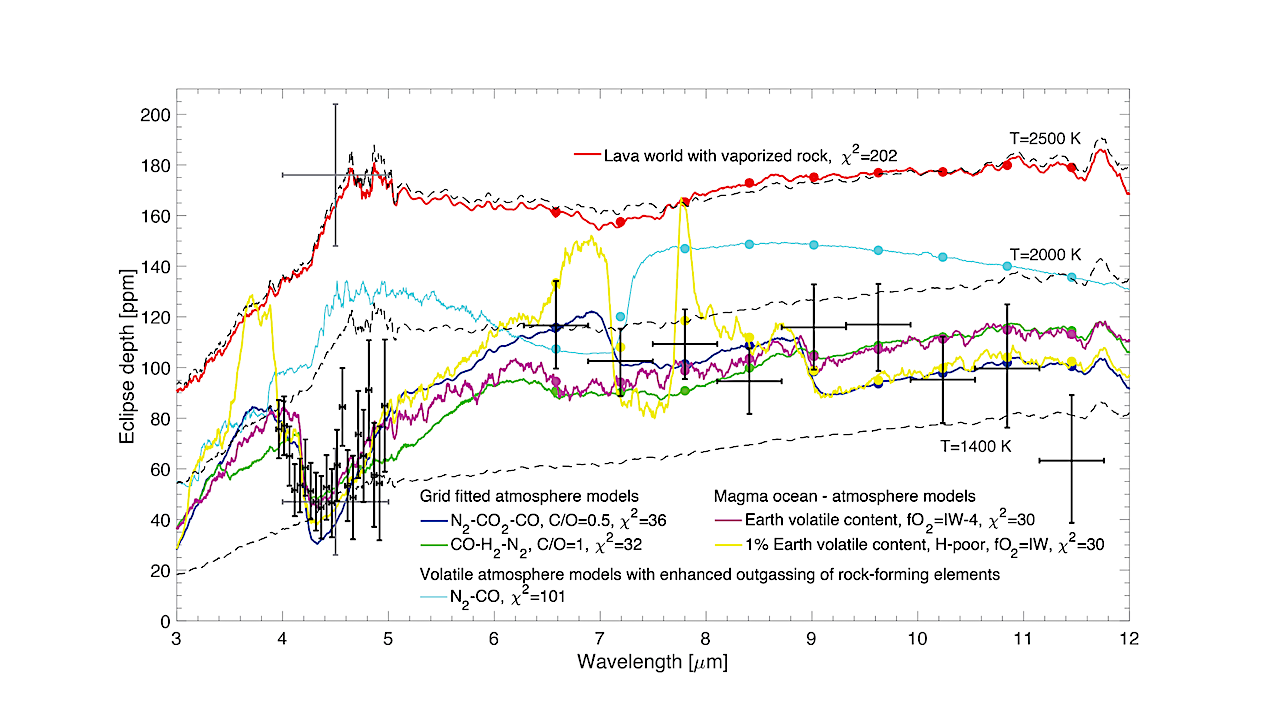
Characterizing rocky exoplanets is a central endeavor of astronomy, and yet the search for atmospheres on rocky exoplanets has hitherto resulted in either tight upper limits on the atmospheric mass or inconclusive results.
The 1.95-REarth and 8.8-MEarth planet 55 Cnc e, with a predominantly rocky composition and an equilibrium temperature of ~2000 K, may have a volatile envelope (containing molecules made from a combination of C, H, O, N, S, and P elements) that accounts for up to a few percent of its radius.
The planet has been observed extensively with transmission spectroscopy, and its thermal emission has been measured in broad photometric bands. These observations disfavor a primordial H2/He-dominated atmosphere but cannot conclusively determine whether the planet has a secondary atmosphere. Here we report a thermal emission spectrum of the planet obtained by JWST’s NIRCam and MIRI instruments from 4 to 12 um.
The measurements rule out the scenario where the planet is a lava world shrouded by a tenuous atmosphere made of vaporized rock, and indicate a bona fide volatile atmosphere likely rich in CO2 or CO. This atmosphere can be outgassed from and sustained by a magma ocean.
Renyu Hu, Aaron Bello-Arufe, Michael Zhang, Kimberly Paragas, Mantas Zilinskas, Christiaan van Buchem, Michael Bess, Jayshil Patel, Yuichi Ito, Mario Damiano, Markus Scheucher, Apurva V. Oza, Heather A. Knutson, Yamila Miguel, Diana Dragomir, Alexis Brandeker, Brice-Olivier Demory
Comments: Published online in Nature on May 8, 2024. this https URL. Authors’ preprint
Subjects: Earth and Planetary Astrophysics (astro-ph.EP)
Cite as: arXiv:2405.04744 [astro-ph.EP] (or arXiv:2405.04744v1 [astro-ph.EP] for this version)
Related DOI:
https://doi.org/10.1038/s41586-024-07432-x
Focus to learn more
Submission history
From: Renyu Hu
[v1] Wed, 8 May 2024 01:17:26 UTC (5,230 KB)
https://arxiv.org/abs/2405.04744
Astrobiology,



